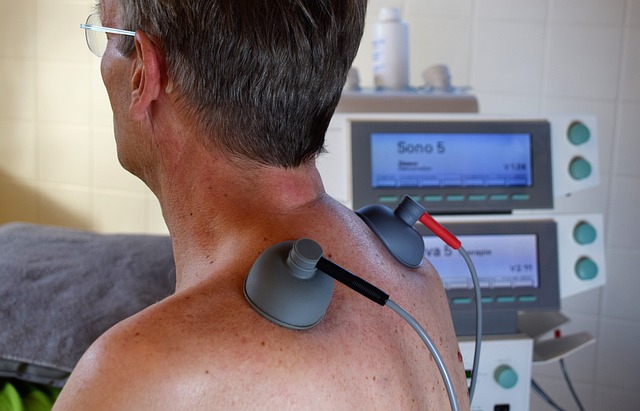TENS Massager: Uses, Benefits, and Practical Considerations
Transcutaneous electrical nerve stimulation (TENS) massagers deliver small electrical pulses through adhesive pads to the skin, which many people use for temporary pain relief and muscle relaxation. These devices vary in intensity, pulse pattern, and application methods, and they are often chosen for targeted symptom management rather than as a cure for underlying conditions. Understanding how TENS works, who may benefit, and how it compares with other therapies helps set realistic expectations.

This article is for informational purposes only and should not be considered medical advice. Please consult a qualified healthcare professional for personalized guidance and treatment.
How TENS helps seniors with chronic pain
TENS is frequently considered by seniors seeking non-pharmacologic options for managing chronic pain such as osteoarthritis or lower back pain. For older adults, the appeal often lies in TENS’s noninvasive nature and the ability to control intensity. Clinical responses vary: some seniors report meaningful short-term reduction in pain and improved ability to perform daily activities, while others notice little change. A healthcare provider can recommend appropriate pad placement and settings, and discuss whether TENS is suitable alongside medications or physical therapy in the context of a comprehensive care plan.
How TENS fits into healthcare routines
Within healthcare settings, TENS is sometimes used as part of multimodal pain management, especially in outpatient rehabilitation and physical therapy. Clinicians may suggest TENS to complement exercise, manual therapy, or medication with the goal of reducing pain enough to allow participation in rehabilitative activities. Documentation and guidance from a clinician ensure correct use, identify contraindications (for example, pacemakers or certain skin conditions), and monitor outcomes. Integration into a care plan should be individualized and based on clinical evaluation rather than as a universal solution.
Is a TENS device portable enough for daily use?
Portability is one of TENS’s practical strengths. Many modern TENS units are compact, battery-powered, and designed with clip-on or belt-mounted options for use at home or during light activity. Portable models allow users to maintain mobility while receiving therapy for brief sessions. When selecting a portable device, consider battery life, pad quality, number of channels (simultaneous channels for multiple areas), and ease of control. For seniors or those with limited dexterity, larger buttons and clear displays can improve usability and adherence.
How TENS compares to regular massage therapy
TENS and manual massage both aim to relieve muscle tension and pain, but they accomplish this through different mechanisms. Massage uses hands-on manipulation to improve circulation, reduce muscle stiffness, and promote relaxation, while TENS uses electrical stimulation to modulate pain signaling in nerves. Some people combine TENS with massage or use TENS to manage acute flare-ups between scheduled massage sessions. Choice between them depends on personal response, mobility, availability of trained therapists, and the clinical goals established with healthcare providers.
How TENS differs from a massage gun
A massage gun delivers mechanical percussive therapy to muscle tissue, providing short, rapid pulses that help increase local blood flow and reduce muscle tightness. In contrast, a TENS massager applies electrical pulses through the skin to influence nerve activity and pain perception. Massage guns are typically used for muscle recovery and trigger-point relief, while TENS is often targeted at pain modulation. They are different tools with overlapping but distinct roles; some users alternate or combine them under professional guidance depending on the nature of pain and tissue involvement.
Safety, settings, and proper usage
Safe TENS use includes following manufacturer instructions and clinician recommendations for pad placement, intensity, and session length. Typical sessions last from 10 to 30 minutes, but individual tolerance varies. Avoid placing pads over the chest, throat, eyes, directly over broken skin, or on areas with diminished sensation. People with implanted electronic devices such as pacemakers should avoid TENS unless cleared by a cardiologist. Skin irritation from adhesive pads is a common minor issue; rotating pad sites and using appropriate skin prep can reduce irritation. Regular review with a healthcare professional helps ensure safe and effective use.
Conclusion
TENS massagers are portable, noninvasive devices used by people across age groups to manage certain types of pain and to support rehabilitation efforts. They function differently from hands-on massage or a massage gun, and they are best considered one component of a broader healthcare strategy rather than a standalone cure. Appropriate selection, correct application, and coordination with healthcare providers help align expectations and improve the chances of meaningful symptom relief.






